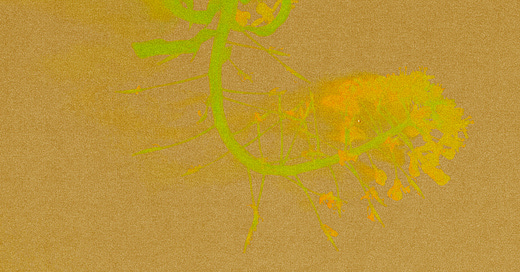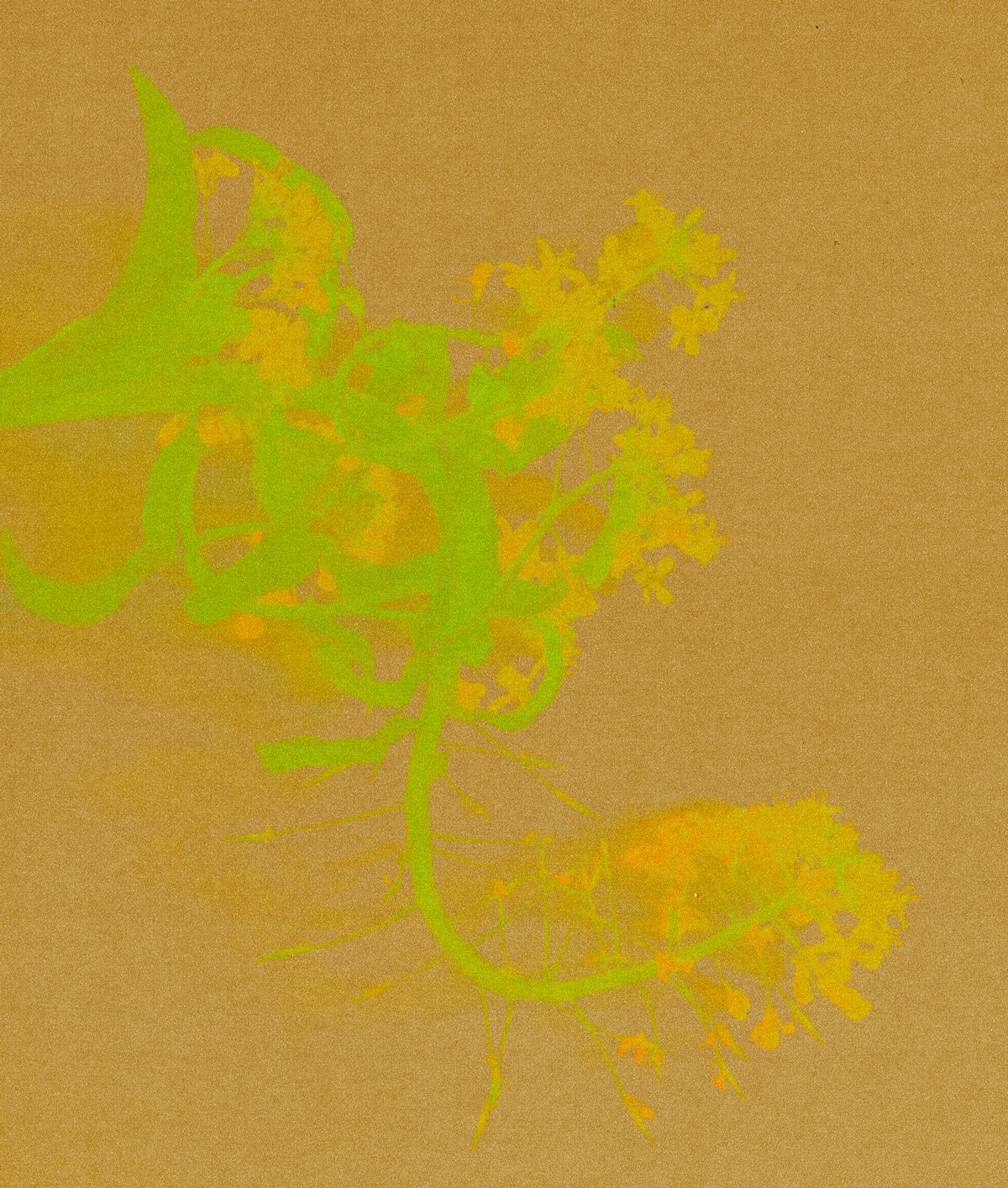I came home to New York from the West, from Montana, from getting married, to toxic air and vegetables gone to seed. The evening we landed, the city skyline was bathed in a peculiar shade of mud-yellow. Smoke from not-so-once-in-a-lifetime wildfires in Eastern Canada had blown in and coated the city in a thick smog.
In the West, where I’m from, the sight and smell of wildfire is both familiar and familial. I grew up in Boise, Idaho, in a valley where, for days at a time, inversions—weather phenomena that quite literally invert the atmosphere—settle in and leave the city trapped in a bowl of smoke. My dad was a wildland firefighter, and my mom would make him leave his work clothes in the garage, the smell of forest fire quick to permeate a laundry basket. Now, my brother is a firefighter, too.
We got married in Missoula, Montana, which, like Boise, is in a valley. The last time I was there, in July, the town was coated in wildfire smoke, I think from Canada, but probably from Oregon and Idaho and Montana, too. That’s part of the reason we had the wedding so early in the summer. Any later and smoke would have erased the glorious Western mountain ranges from the sky.
Back in Brooklyn, before checking the mail and changing out of my plane clothes, I immediately went to the backyard. We were gone for only eight days, but this time of year the garden can change so quickly. The potato foliage had grown half a foot, it seemed, and the mint begged to be harvested. I was startled to see a conical bush of yellow flowers on the vertical planter. I traced the long stem to the tatsoi, an Asian green with lush, fanned leaves, that had bolted in my absence.
Most non-fruiting plants, from either heat or age, will bolt, i.e. flower and “go to seed.” The plant will become leggy and, typically, bitter to the palate. Living its own life and feeding you is no longer important. The plant’s goal now is to spread and multiply.
The only fresh things in our fridge were carrots and eggs. I put on a mask to get groceries and tried to disconnect the sensation of smoke in my eyes and throat from the reality of the climate catastrophe in my own backyard. I fed the sourdough starter and began a batch of yogurt.
I think if you had told me a year ago that this is how I would cook and eat, so from scratch, I would have imagined it would be burdensome. Instead, in the dark orange light of the smoky afternoon, the effort was a comfort. Growing my own food, cooking mostly locally, and avoiding single-use plastic is not more convenient than partaking in the excesses of the modern food system. But from the vantage point of our back door, it was viscerally clear to me this is the right, most hopeful way forward—for me, at least.
For dinner, I made a quick sauce for the bolted tatsoi. I showed my new husband how much the head of greens had shrunk in the pan, and we laughed. The main course was this wonderful scallion ramen that I’ve made dozens of times. The tatsoi was bitter, I can’t lie, but I could never let it go to waste.
Home Food is edited by Jillian Goodman.




Congratulations on your wedding, Kara. I’m sorry I missed the news. I am enjoying your writing on these beautiful topics.